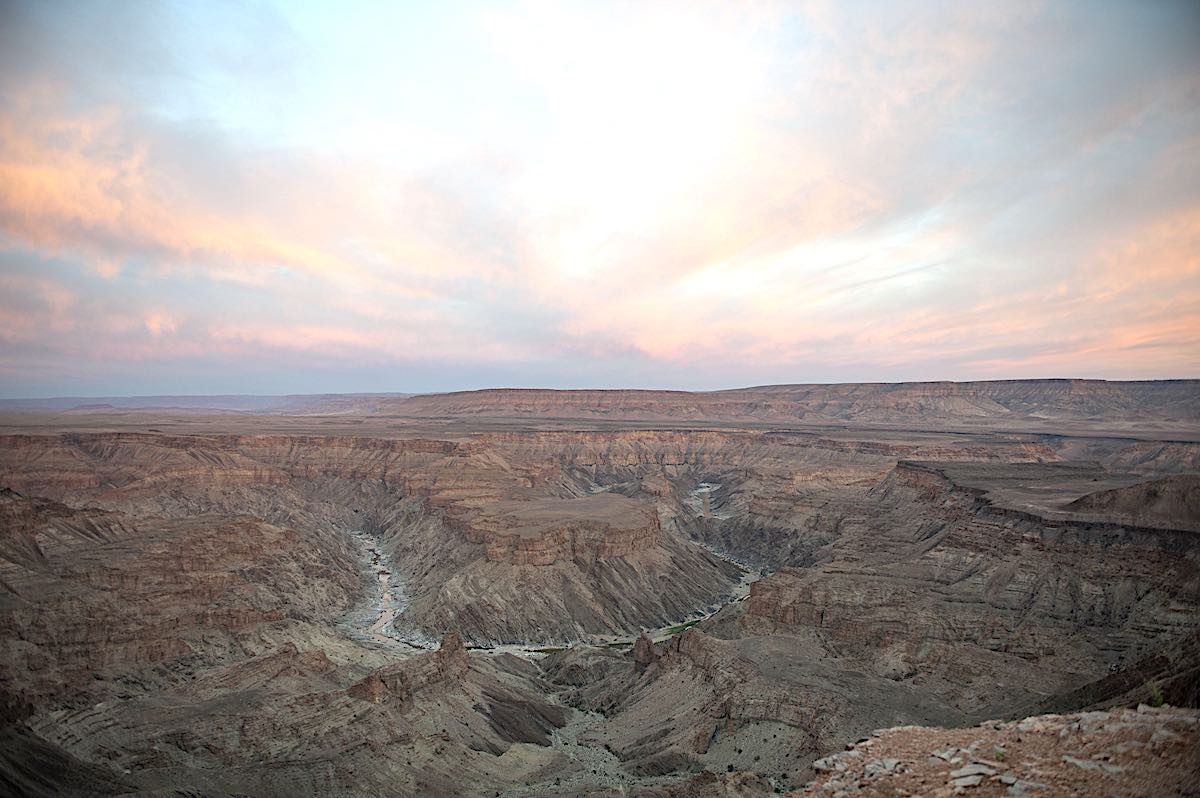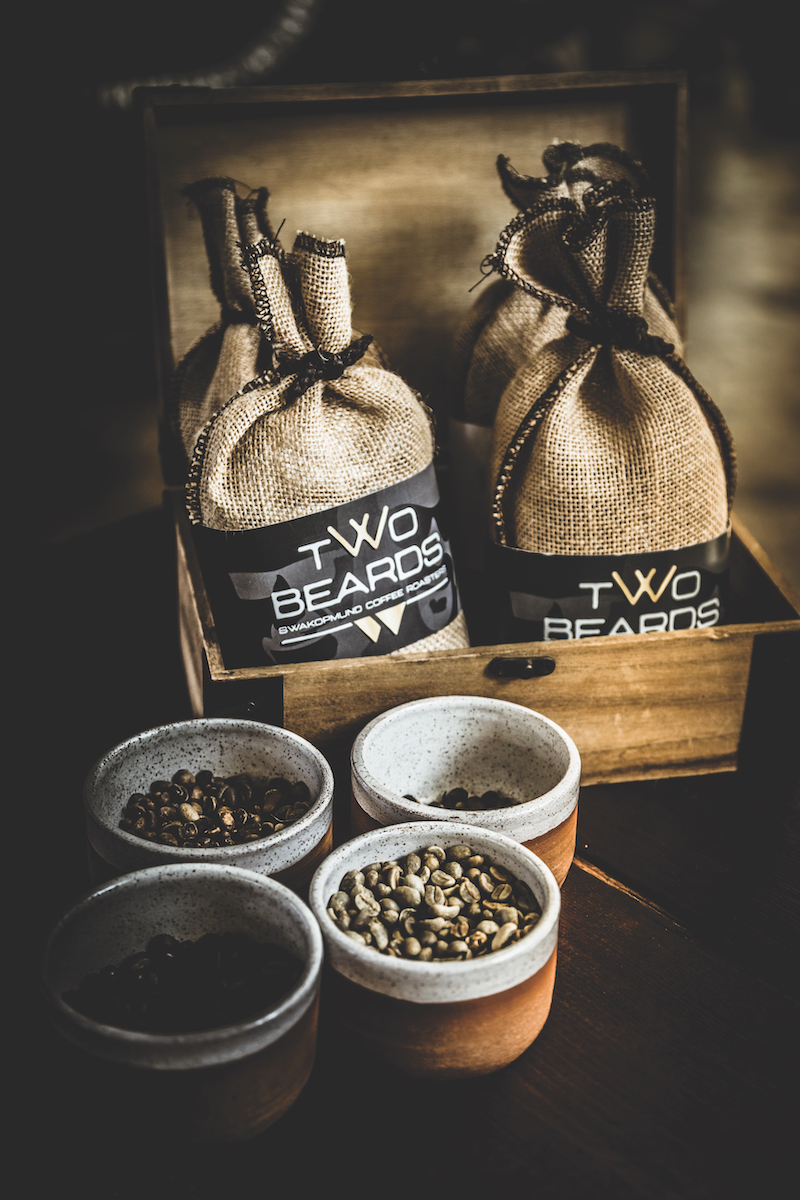
On Honeymoon in Namibia’s South
August 20, 2019
Talking to Two Beards Over a Cup of Coffee
August 22, 2019Text and Photographs Willie Olivier katutura
One of the easiest ways to see the highlights of any city is to take a guided tour, but surprisingly Windhoek did not have a regular city tour operator until earlier this year when Lothem Safaris, in conjunction with the Namibia Scientific Society, launched Windhoek City Tours.
The company offers tours of Old Windhoek as well as the western suburbs and Katutura. I opted for the latter and as we got on our way from the Christuskirche, which overlooks Windhoek’s rather small central business district, our guide Hané Brink gave a brief overview of the city’s history.
Leaving the city centre behind, our route took us past what was previously known as the Old Location on the western outskirts of Windhoek. This area was inhabited by black and coloured residents until their forced removal in the 1960s to an apartheid-style township which they called Katutura, an Otjiherero name meaning ‘the place where we do not want to live’.
Our first stop was at the Old Location cemetery where Hané recounted the events preceding demonstrations which left 12 people dead and another 44 wounded when the police opened fire on the crowd on the evening of 10 December 1959. We visited the mass grave of the victims of the Old Location Uprising.
Our journey continued towards the Rocky Crest suburb and soon we were passing the Otjomuise settlement which has sprung up on the southern outskirts of Katutura more recently. Hané explained that Otjomuise, which means place of smoke, was the Otjiherero name for Windhoek in pre-colonial times, because the steam rising from the hot springs could be seen from afar. The Khoekhoen speakers called the site /Ae//gams, or fire water. She also elaborated on the origin of the name Windhoek.
As we passed Wanaheda, Hané refreshed my memory by pointing out that the name was formed with the first two letters of Wambo, Nama, Herero and Damara. A little further on we turned into Eveline Street which has earned various reputations – famous, infamous and notorious. Driving past the numerous bars, car washes, hair dressers and other informal businesses, Hané said that the street was named after Meme Eveline who became famous for the vetkoek (a type of doughnut) that she used to sell on the street.
Our next stop was at Penduka on the banks of Goreangab Dam. Penduka, an Otjiherero name meaning wake up, was established as a development project for women from rural and underdeveloped areas in 1992. We were shown around the pottery, sewing and batik workshops. At the glass unit, where beads and jewellery are made from recycled glass, Hané translated the sign language of the deaf women who work there.
As we continued our journey past Katutura’s sprawling informal settlements, Hané gave an eye-opening insight into the way of life, the informal businesses and the challenges faced by the people living there in huts put together with corrugated iron sheets. She also told us what the Windhoek Municipal Council is doing to improve their plight.
We now made our way through the historic core of Katutura with its grid-iron layout. People who were removed from the Old Location in the late 1950s and early 1960s were allocated small brick houses in blocks known as lokasies (English: locations), according to ethnicity, i.e. Owambo, Herero, Damara and Nama. There was also a mixed area.
At the Oshetu Community Market we got another opportunity to stretch our legs and meet the locals. The market was established in 2004 in an area where the Single Quarters for unmarried men used to be. Oshetu is an Oshiwambo name meaning it’s ours or our community.
LEFT to RIGHT
Wall art at Penduka
Oshetu meat section
Oshetu community market
Penduka dolls
As we disembarked from the bus the aroma of kapana (small strips of beef) being grilled on open fires greeted us. Our first port of call was a vendor selling a variety of traditional food – mopane worms, dried spinach cakes, eembe fruit from the Bird Plum tree, groundnuts, dried fish and nuts from the Makalani palm tree. Only one brave member of the group was adventurous enough to sample mopane worms… and didn’t look too enthusiastic afterwards.
We then made our way to the meat section which has its own dynamics. At one work station chunks of meat are cut into thin strips, the aforementioned kapana, and passed on to those who braai (barbecue) the meat. At other stands vendors were preparing tomato and onion salads as an accompaniment to the kapana.
Everyone was rather peckish by now and the vetkoek vendors made good business with our group of visitors. The final leg of the tour took us past the Katutura Intermediate Hospital, built in 1973, and then through the leafy suburb of Eros back to the Christuskirche.
The tour takes about four hours. Even though I am a local and have been to Katutura numerous times, it was time well spent – learning new things and being reminded of things that I had long forgotten. And for a visitor it is most certainly a most insightful journey into an area of Windhoek that is often overlooked.
CONTACT DETAILS
Hané Brink
+264 81 129-2597
windhoekcitytours@lothemsafaris.com
This article was first published in the Winter 2019 issue of Travel News Namibia.

